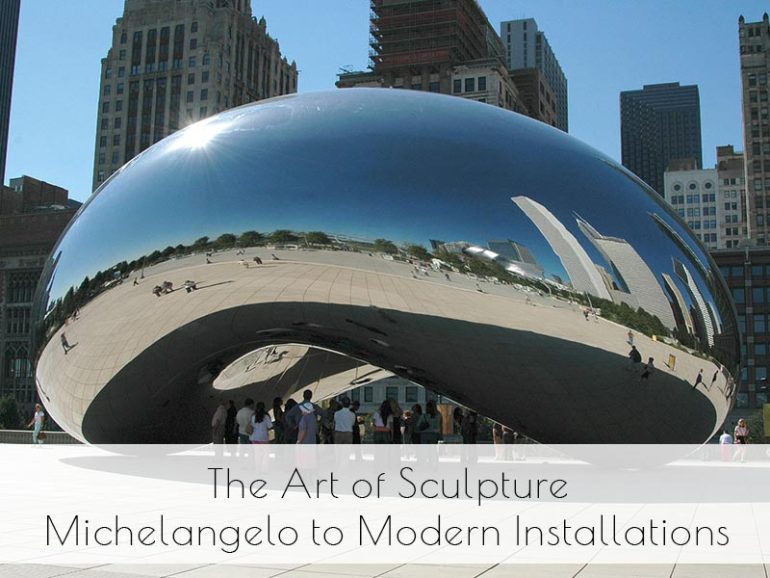Sculpture is one of the oldest and most enduring art forms, with a rich history that spans thousands of years. From the classical works of ancient civilizations to modern and contemporary installations, sculpture has evolved significantly, reflecting changes in culture, technology, and artistic vision. This post explores the evolution of sculpture, highlighting key periods and artists, and providing suggested artworks for further study.
Classical and Renaissance Sculpture
Sculpture in the classical and Renaissance periods focused on idealized forms, realism, and human anatomy, showcasing the technical prowess of the artists.
- Michelangelo: One of the most celebrated sculptors of the Renaissance, Michelangelo’s works are renowned for their anatomical precision and emotional depth. His masterpiece “David” is a testament to his skill and his understanding of the human form.

- Donatello: A pioneer of Renaissance sculpture, Donatello’s works combined classical influences with innovative techniques. His bronze statue “David” is notable for its naturalism and expressive detail, marking a departure from the Gothic style.
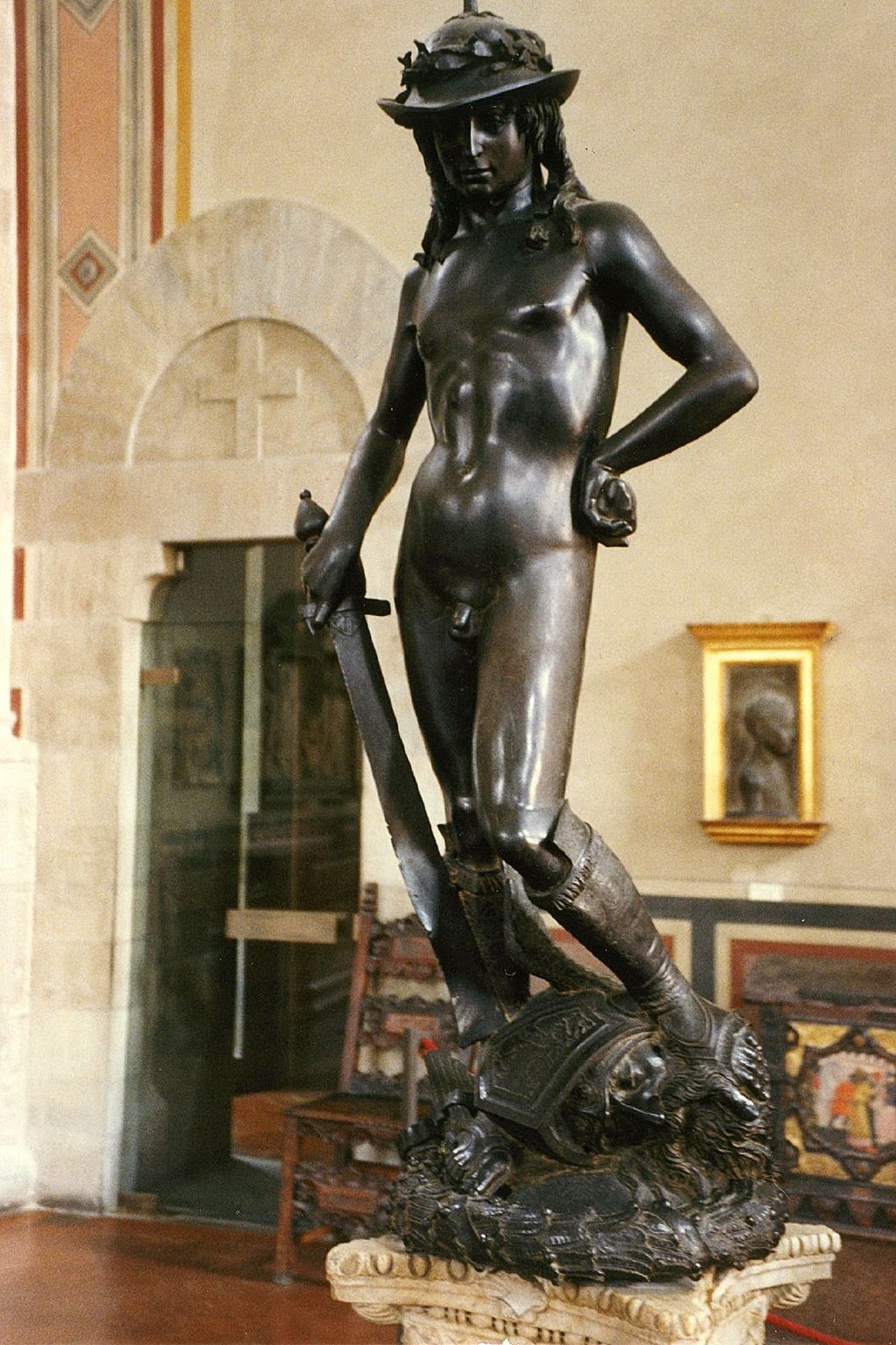
20th-century Innovations
The 20th century saw dramatic shifts in sculpture, with artists experimenting with new materials, forms, and concepts.
- Henry Moore: Known for his abstract, organic forms, Henry Moore’s sculptures often resemble natural objects like bones and rocks. His work “Reclining Figure” explores the human form through a modernist lens, emphasizing simplicity and abstraction.
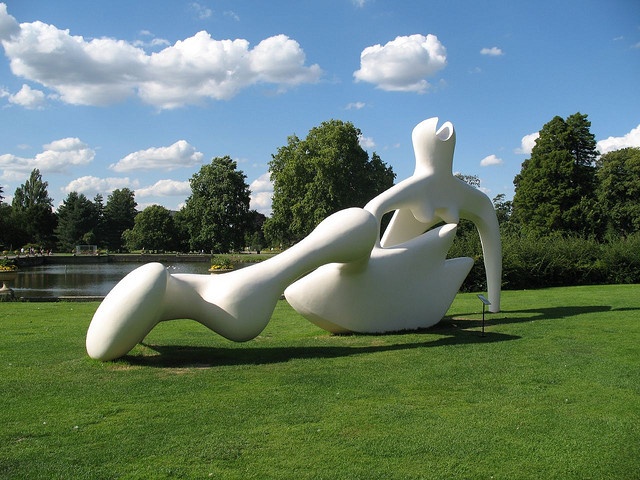
- Alexander Calder: Calder revolutionized sculpture with his kinetic mobiles, which introduced movement and dynamism to the art form. His work “Lobster Trap and Fish Tail” exemplifies his innovative approach to balance and motion.
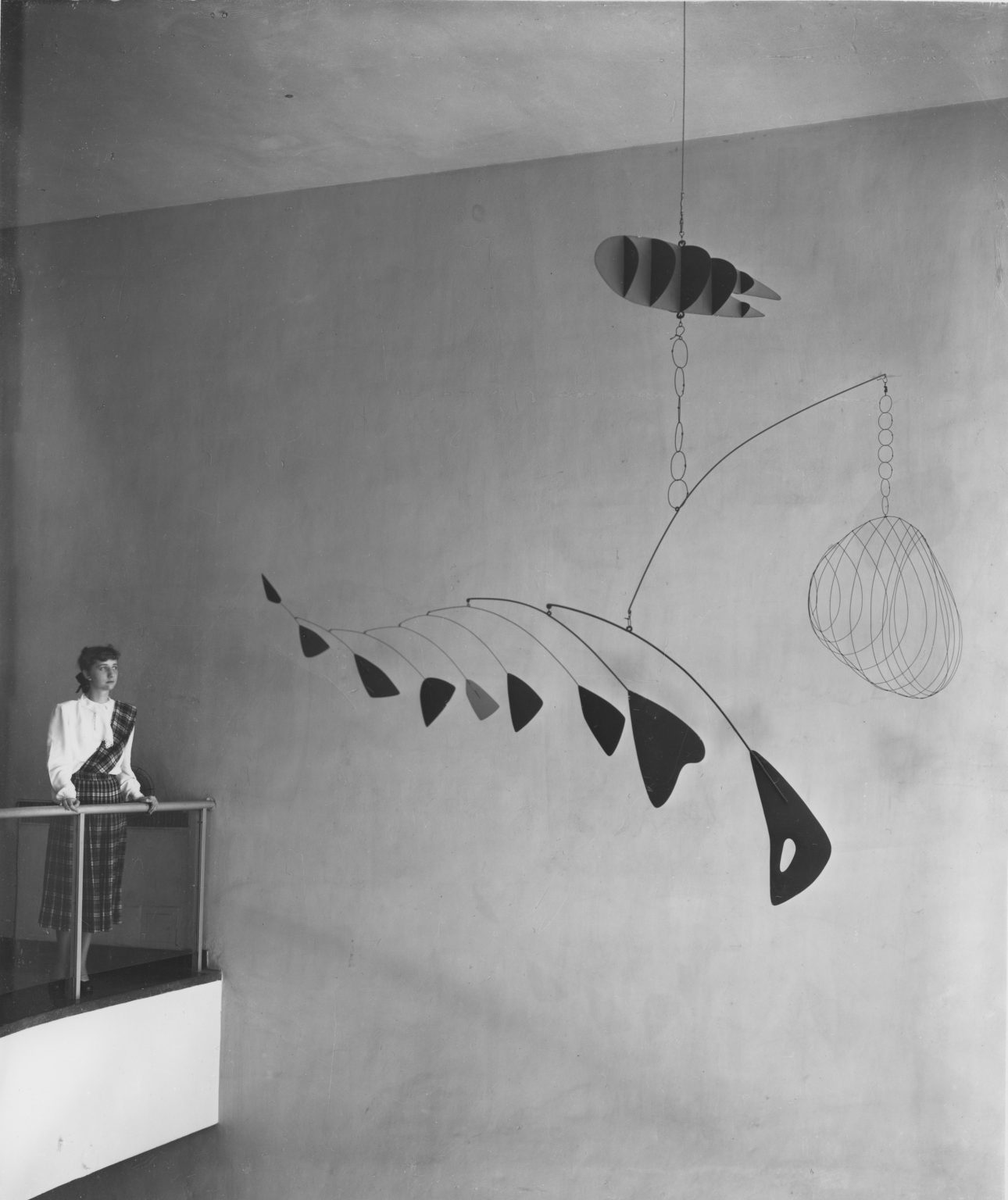
Contemporary Sculptors and Installation Artists
Contemporary sculpture continues to push boundaries, often incorporating large-scale installations and interactive elements.
- Anish Kapoor: Kapoor’s works are known for their scale and use of reflective surfaces. His installation “Cloud Gate,” also known as “The Bean,” in Chicago’s Millennium Park, invites viewers to interact with the sculpture and see their reflections in its polished surface.
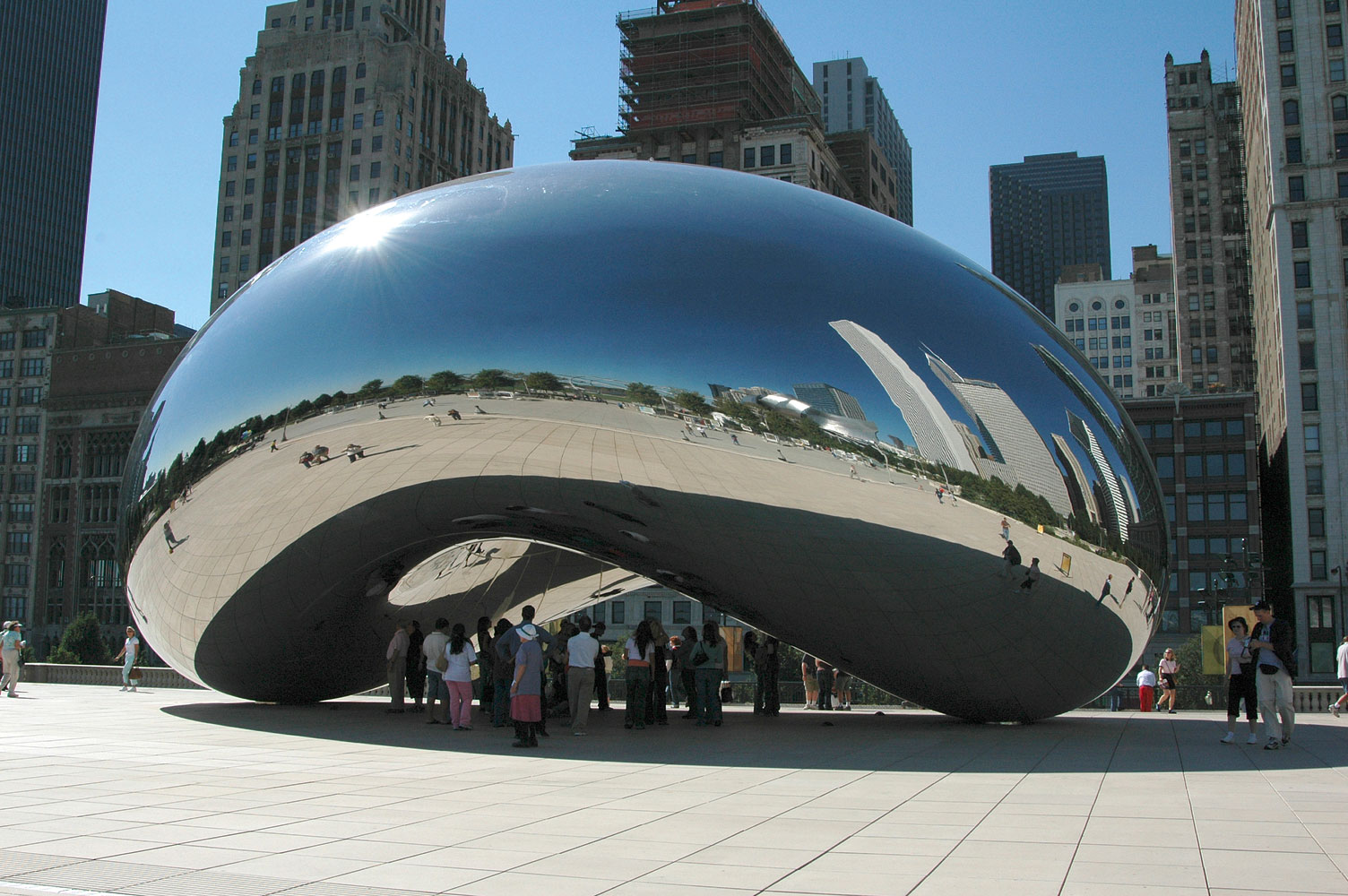
- Louise Bourgeois: Bourgeois’ sculptures often explore themes of memory, trauma, and the body. Her monumental spider sculpture “Maman” is a striking and evocative piece that has been displayed in various locations around the world.
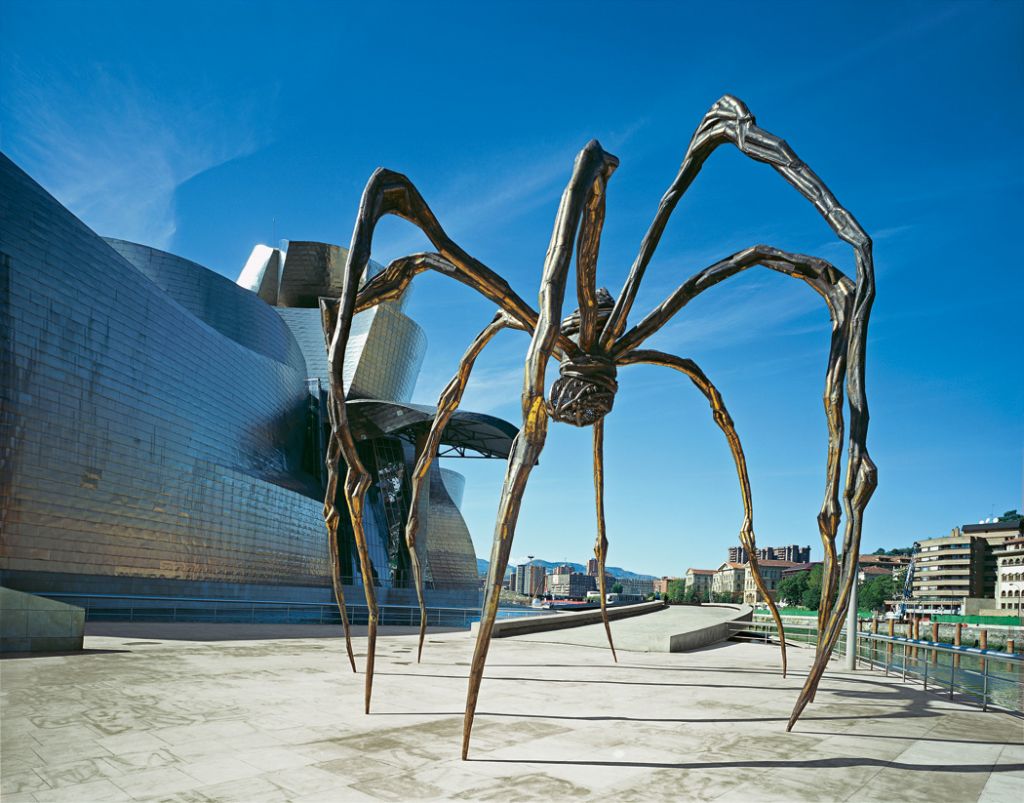
- Yayoi Kusama: Known for her immersive installations and use of repetitive patterns, Kusama’s work “Infinity Mirror Rooms” transforms space into a surreal, reflective environment, engaging viewers in a unique visual experience.
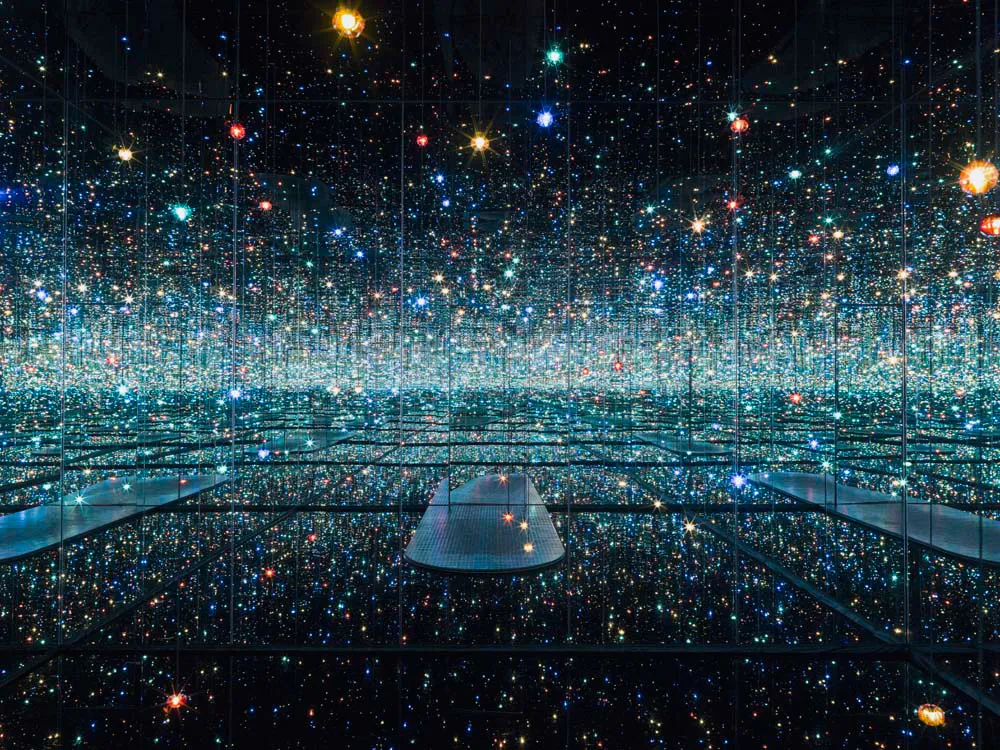
The art of sculpture has continuously evolved, reflecting changes in artistic techniques, materials, and cultural contexts. From the classical masterpieces of Michelangelo and Donatello to the modern innovations of Henry Moore and Alexander Calder, and the contemporary installations of Anish Kapoor and Yayoi Kusama, sculpture remains a dynamic and influential art form. History of art students at the London Art College can delve deeper into these developments through our comprehensive history of art course, which covers these and many other pivotal moments in art history.
If you would like to receive a roundup of all of our blog posts once a week to keep you inspired in your inbox, why not sign up to our newsletter. You can access our sign up at the top of our page. If you are a London Art College student and you would like your artwork featured here, drop us a line at any time.

